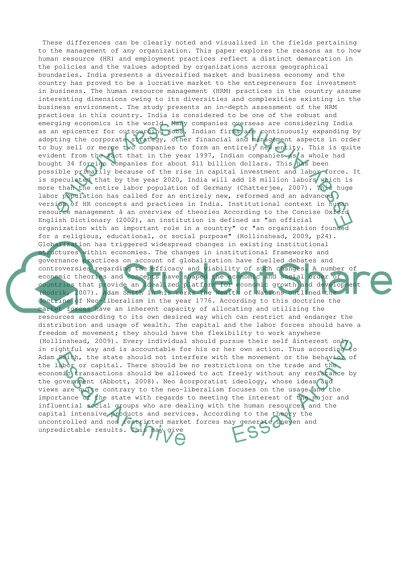Cite this document
(“A critical study of human resource management in a particular country Essay”, n.d.)
Retrieved from https://studentshare.org/management/1396072-a-critical-study-of-human-resource-management-in-a
Retrieved from https://studentshare.org/management/1396072-a-critical-study-of-human-resource-management-in-a
(A Critical Study of Human Resource Management in a Particular Country Essay)
https://studentshare.org/management/1396072-a-critical-study-of-human-resource-management-in-a.
https://studentshare.org/management/1396072-a-critical-study-of-human-resource-management-in-a.
“A Critical Study of Human Resource Management in a Particular Country Essay”, n.d. https://studentshare.org/management/1396072-a-critical-study-of-human-resource-management-in-a.


